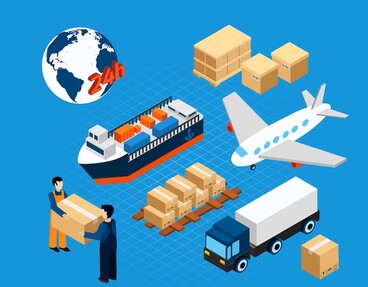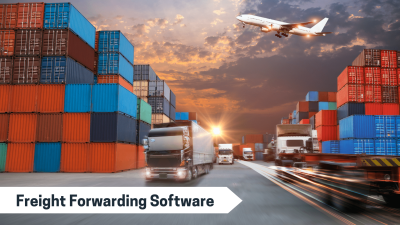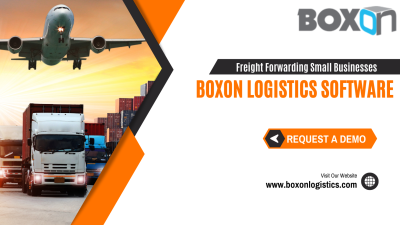Your business could be seriously harmed by poor logistics management software. If you don’t assess whether the platform produces the promised benefits, it could be a tremendous waste of time and money, and nobody wants that!
The difference can be enormous with the appropriate logistics management system. Before implementing a platform as-is, it’s crucial to understand what kind and how well it works for each activity if you’re managing 3pl Software’s customer experience or network collaboration.
Before deciding which Logistics software will work best for you, conduct some research because your company’s success depends on the caliber and effectiveness of that program.
We have put together some advice for analyzing the BoxOn’s logistics management software you may be using or testing to aid in this evaluation process.
1. Do you receive a thorough summary of your tracking data?
The logistics management software can reveal whether carriers are honoring their agreements by collecting data on pickup and delivery timelines. A carrier’s overall or individual performance can be measured using rules that are adjustable and doing so can provide insight into which lanes might be problematic. This will guarantee that any additional work to raise service quality in all areas won’t need too many steps.
However, tracking carrier data is only one aspect of the larger picture. What about the other participants in your supply chain? In addition to 3PL software, the proper system should also track forwarders and any other freight partners you jointly own. If it doesn’t accurately represent their performance either, there is a problem with the TMS’s data collection process.
2. Can omnichannel expansion be supported by Logistics Management Software?
By arming teams with automated procedures that know when human intervention is required, omnichannel logistics may help shippers minimize dwell time, lower freight spending, and increase throughput.
In today’s environment, the idea of omnichannel is gaining importance. This theory suggests that you should think about your shipping procedure for all channels, from the time a customer places an online order to the time they receive their product. It also involves thinking about what transpires if one channel has a problem. We need automated mechanisms prepared to handle these exceptions because they can occur despite our best efforts.
3. Rapid analysis and prompt risk response
Real-time data analysis is still an essential component of logistics management software for maintaining awareness of changes as they happen. In a highly competitive market where shippers look for novel approaches to manage their assets more effectively while reducing costs, this can make a difference.
Real-time data analysis can help shippers remain on top of changes since quick responses to crises can make all the difference. But how can you tell when something might not be right? Shippers may stay proactive by monitoring developments with real-time data analysis and analytics that provide insight into the logistics software and freight markets.
So that a quick response strategy may be implemented successfully without squandering time or money on things not worth fussing over too much, these actionable insights can be timely communicated with important stakeholders. Such skills from a logistics management system are crucial from both an economic (which affects everyone) and a human resource standpoint, as any interruption affects employment and worker productivity.
4. Will you see a good return on your investment?
You must be able to complete your evaluation using the platform, and it ought to be able to show you how it affects labor resources. Did analytics that is prescriptive or descriptive help managers make decisions more quickly? What modifications to the current procedure did this system make? When evaluating cost-saving strategies for labor resources used in the logistics management system, that information is required.
Understanding the overall landing transportation expenses and preventing unforeseen losses are the greatest ways to stay on top of your game. Additionally, there are indirect savings that may be gained from happier employees, like less stress, which boosts productivity all around!
Some businesses buy 3PL software that is overly complicated for their needs and doesn’t know how to use the platform. These businesses may go down an expensive path as a result, with no gains in terms of efficiency or production.
Conclusion
Start with a Logistics Management software solution that best satisfies the goals and demands of your company. It would be great if you investigated a multi-modal logistics solution that is simple to use, adaptable, and highly expandable as your organization expands. Not to mention that these SaaS solutions are the simplest to set up, up, and use, and require little to no training. The cost-effective optimization of supply chain efficiencies is made simpler for medium and smaller businesses by these accessible solutions.
Request a free demo to see how BoxOn’s solution may help you create double-digit cost reductions in your supply chain. While removing any pain points you may be experiencing right now due to a lack of automation. click at https://www.boxonlogistics.com/request-demo/






COMMENTS